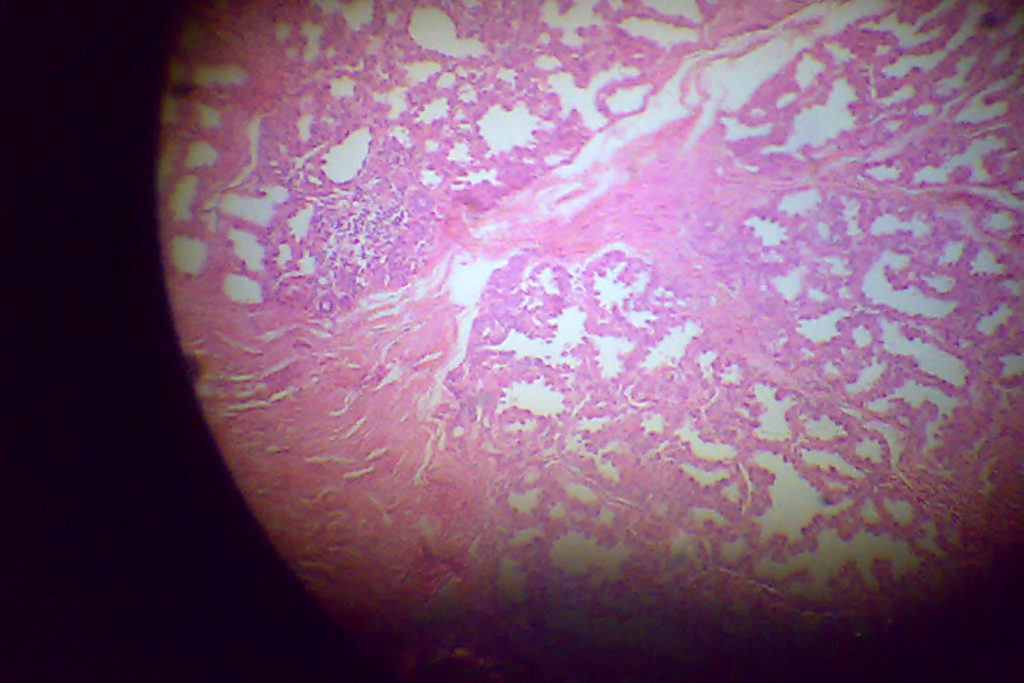Increased use of mammography has led to increased diagnoses of ductal carcinoma in situ (DCIS), which refers to noninvasive cancer cells in the milk ducts of the breast. The typical treatment for DCIS is similar to the treatment for more advanced breast cancer: surgery, radiation, chemotherapy and/or hormone therapy. But doctors have called for more conservative treatments for DCIS, because it might not evolve into invasive cancer.
Intraductal evaluations and treatments for DCIS are noninvasive options that are getting more attention. All ducts in the mammary glands can be reached through the natural openings in the breast ducts — even areas with abnormal cells that don’t show up on mammograms.
Now scientists have reported promising results from intraductal immunotoxin treatment in a mouse model. Investigators from Johns Hopkins published a study in the Proceedings of the National Academy of Sciences that shows that immunotoxin treatment targeting the human transferrin receptor eliminated breast tumors with no leakage into the blood and no toxicity.
Before this treatment method is available for women, clinical trials are needed to confirm that the positive outcomes in the mouse model also occur in humans. Once they’re approved, intraductal options like these can provide simple, noninvasive alternatives to breast cancer surgery.
Image from: https://commons.wikimedia.org/wiki/File:Mammary_gland_1.jpg



